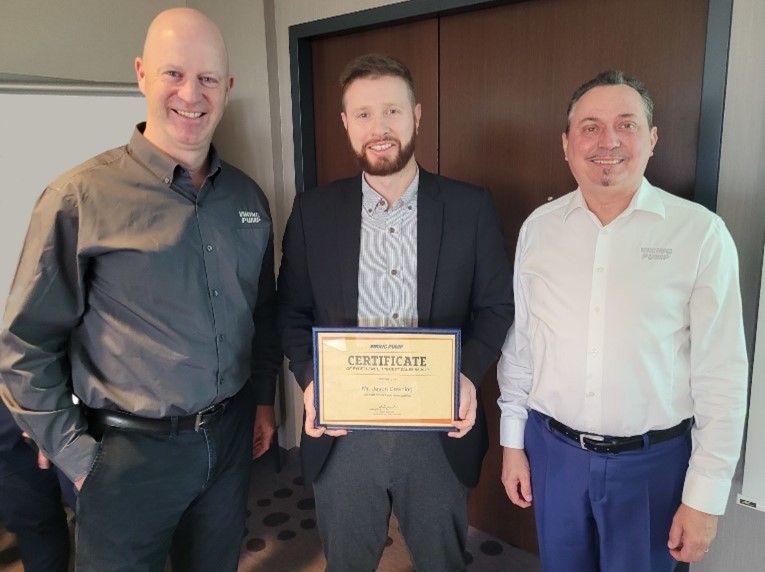How Pump Packing Works - Animation
Packing is one of the most common and simplest seals for positive displacement pumps. Packing consists of braided or formed rings that are compressed inside the stuffing box of a pump. As the packing gland is tightened, the packing is compressed against the shaft and the inside of the stuffing box bore - creating a seal. When the pump is operating, process liquid cools and lubricates the packing. The pump must leak or "weep" slightly to ensure proper lubrication. Packing is one of the oldest forms of shaft sealing. Original packing was made of materials such as leather or rope.

